

Articles
How To Store Walnuts In Shell
Modified: February 23, 2024
Learn the best methods for storing walnuts in their shells with this informative article. Keep your walnuts fresh and delicious for longer periods.
(Many of the links in this article redirect to a specific reviewed product. Your purchase of these products through affiliate links helps to generate commission for Storables.com, at no extra cost. Learn more)
Introduction
Walnuts are not only delicious, but they are also packed with nutritional benefits. Whether you have a bountiful walnut harvest from your own tree or you simply want to buy in bulk and save money, knowing how to store walnuts in their shell is essential to preserve their freshness and flavor. Storing walnuts in shell can help extend their shelf life and ensure they remain crunchy and tasty for months to come.
There are various methods and factors to consider when it comes to storing walnuts in shell. From choosing the right storage container to understanding how different environmental conditions can impact their quality, this article will guide you through the process and provide you with valuable tips to keep your walnuts fresh.
In addition to the practical benefits of storing walnuts in shell, there are several advantages worth noting. Firstly, the shell acts as a protective barrier, shielding the nut from exposure to air, moisture, and light – all of which can accelerate the deterioration of the nuts. Storing walnuts in shell also helps to preserve their natural oils, which are responsible for their rich flavor and numerous health benefits.
Beyond the preservation benefits, storing walnuts in shell can also be a convenient way to have a ready supply on hand. By keeping them intact, you can easily grab a handful whenever you need them for snacking or baking. Plus, removing the shell just before consumption can help maintain their freshness and prevent them from becoming rancid.
Now that you understand the importance and benefits of storing walnuts in shell, let’s delve into the factors to consider before you begin storing your walnuts.
Key Takeaways:
- Storing walnuts in their shell extends shelf life, preserves natural oils, and retains nutritional value. Choose the right storage container and environment to ensure optimal freshness and flavor.
- Properly prepare, inspect, and store walnuts at room temperature, in the refrigerator, or in the freezer. Regularly check for spoilage and follow tips to maximize their longevity and enjoy their delightful taste.
Read more: How To Store Shelled Walnuts And Pecans
Benefits of Storing Walnuts in Shell
Choosing to store walnuts in their shell provides several benefits that contribute to their overall freshness and quality. Let’s explore these benefits in more detail:
- Extended Shelf Life: Storing walnuts in shell helps to extend their shelf life significantly. The protective shell acts as a barrier against air, moisture, and light, which are factors that can accelerate spoilage. By keeping the nuts intact, you can preserve their natural freshness for a longer period of time.
- Preservation of Natural Oils: Walnuts are rich in healthy fats and oils that contribute to their distinctive flavor. These oils can easily turn rancid when exposed to air, light, and heat. By storing walnuts in shell, you can help maintain the integrity of these natural oils and preserve the nut’s delicious taste.
- Retained Nutritional Value: Walnuts are packed with essential nutrients, including omega-3 fatty acids, antioxidants, vitamins, and minerals. Storing walnuts in shell helps to retain their nutritional value by minimizing exposure to elements that can degrade these essential nutrients.
- Convenient Snacking and Baking: Storing walnuts in shell allows for convenient snacking and baking. The intact shells provide a protective layer, preventing the nuts from getting crushed or becoming stale. You can easily crack open the shells when you’re ready to enjoy the walnuts, ensuring maximum freshness and flavor.
- Cost-effective: Buying walnuts in shell and storing them yourself can be more cost-effective compared to purchasing pre-shelled walnuts. The shell acts as a natural packaging, reducing the need for expensive processing and packaging, making it a budget-friendly option.
These benefits make storing walnuts in shell an excellent choice for preserving their freshness, flavor, and nutritional value. However, it’s important to consider a few factors before you start storing your walnuts in their shells. Let’s explore these factors in the next section.
Factors to Consider Before Storing Walnuts in Shell
Before you embark on storing walnuts in their shell, there are a few important factors to consider. Taking these factors into account will help ensure optimal storage conditions and maintain the quality of the walnuts:
- Quality of Walnuts: It’s crucial to start with high-quality walnuts. Look for walnuts that are plump, uniform in size, and free from cracks or mold. Avoid walnuts with a rancid smell or an overly bitter taste, as these may not store well or may already be spoiled.
- Freshness of Walnuts: Freshness is key when it comes to walnuts. Ideally, choose walnuts that have been harvested recently. Fresh walnuts will have a mild, sweet aroma and a creamy, buttery taste. Avoid walnuts that have been sitting in storage for too long, as they may have already started to deteriorate.
- Storage Environment: The storage environment plays a crucial role in maintaining the quality of walnuts. Walnuts should be stored in a cool, dry, and dark place, away from direct sunlight, moisture, and temperature fluctuations. Avoid storing walnuts near strong-smelling foods, as they can absorb odors easily.
- Air Circulation: Walnuts require proper air circulation to prevent the development of mold or trapped moisture. Ensure that the storage container or bag you use allows for adequate airflow around the nuts. This will help maintain their freshness and prevent spoilage.
- Storage Container: Choose a storage container that provides protection against moisture, light, and air. Glass jars, food-grade plastic containers, or metal tins with tight-fitting lids are ideal options. Make sure the container is clean and dry before placing the walnuts inside.
- Labeling and Date: Remember to label the storage container with the date of storage. This will help you keep track of the freshness of the walnuts and ensure you use the oldest walnuts first.
By considering these factors, you can set the stage for successful walnut storage. In the next sections, we will explore the different options for storing walnuts in their shell, including storing at room temperature, in the refrigerator, and in the freezer to suit your preference and needs.
Choosing the Right Storage Container
Choosing the right storage container is essential for maintaining the freshness and quality of walnuts stored in their shell. The container should provide adequate protection against moisture, light, and air to prevent spoilage. Here are some options to consider when selecting a storage container for your walnuts:
- Glass Jars: Glass jars with airtight lids are an excellent choice for storing walnuts. They are non-reactive and do not absorb odors, ensuring the walnuts remain fresh. Clear glass jars allow you to easily see the contents, which helps you monitor their condition.
- Food-Grade Plastic Containers: Look for food-grade plastic containers with tight-sealing lids. Make sure the plastic is BPA-free and suitable for food storage. These containers are lightweight, easy to handle, and work well for storing walnuts.
- Metal Tins: Metal tins, such as those used for cookies or tea, can also serve as suitable storage containers. Ensure that the tin is food-safe and has an airtight seal. Metal tins provide good protection against light and can help preserve the freshness of the walnuts.
- Vacuum-Sealed Bags: Vacuum-sealed bags can be an effective option for long-term storage. These bags remove air from the package, reducing the risk of spoilage. Make sure to use high-quality, food-grade vacuum-sealed bags that are puncture-resistant.
- Paper Bags: If you prefer a more eco-friendly option, you can use paper bags to store walnuts. Ensure that the bags are clean, dry, and have a tight closure. While these bags do not provide as much protection as other options, they can still be effective in maintaining freshness if stored in a cool, dry place.
Regardless of the storage container you choose, it’s important to ensure it is clean and dry before placing the walnuts inside. This helps prevent any contamination or moisture buildup that could affect the quality of the walnuts. Additionally, label the container with the date of storage to keep track of the freshness of the walnuts.
Now that you have selected the right storage container, let’s move on to preparing walnuts for storage to ensure optimal freshness and longevity.
Preparing Walnuts for Storage
Before you store walnuts in their shell, it’s important to properly prepare them to ensure their optimal freshness and longevity. Here are the steps to follow when preparing walnuts for storage:
- Cleaning: Start by removing any dirt, debris, or remnants of the outer hull from the walnuts. Gently rinse them under cool running water and pat them dry with a clean towel. This will help eliminate any surface contaminants and ensure a clean storage environment.
- Drying: After cleaning, it’s crucial to thoroughly dry the walnuts before storing them. Excess moisture can lead to mold growth and spoilage. Spread the walnuts in a single layer on a clean, dry towel or a wire rack, and allow them to air dry completely. This process may take a few days, depending on the humidity levels in your environment.
- Inspecting: While drying the walnuts, take the opportunity to inspect each nut for any signs of damage, such as cracks, holes, or insect infestation. Discard any walnuts that appear spoiled or compromised, as they can affect the quality of the other nuts during storage.
- Leaving the Shell Intact: Keep the walnuts in their shell to maintain their freshness and natural protective layer. Avoid cracking or removing the shells until you are ready to consume or use the walnuts. Removing the shells increases the vulnerability of the nuts to air, moisture, and light, accelerating their deterioration.
- Separating Different Varieties: If you have different varieties of walnuts, consider storing them separately. This is especially important if some varieties have a stronger flavor or aroma, as they can potentially influence the flavor of other varieties when stored together.
By following these steps, you can ensure that your walnuts are clean, dry, and in their optimal state for storage. Now, let’s explore the different methods of storing walnuts in their shell, depending on the environmental conditions you have available.
Read more: How To Store Walnuts
Storing Walnuts in Shell at Room Temperature
Storing walnuts in their shell at room temperature is a common method that can help maintain their freshness and flavor. However, it’s important to ensure the room conditions are suitable for storage. Here are some guidelines to follow when storing walnuts in shell at room temperature:
- Selecting an Ideal Location: Choose a cool, dark, and dry area to store the walnuts. A pantry or cupboard that is away from direct sunlight, heat sources, and excessive humidity is ideal. Avoid storing them near strong-smelling foods, as walnuts can easily absorb odors.
- Use a Breathable Container: Opt for a storage container that allows for some airflow, such as a paper bag or a mesh bag. Avoid using airtight containers, as they can trap moisture and reduce air circulation, potentially leading to mold growth.
- Arrange the Walnuts Carefully: Place the walnuts in a single layer within the storage container, ensuring they have some space between them. Avoid overcrowding, as this can lead to increased humidity and spoilage. If you have a large quantity of walnuts, consider separating them into multiple smaller containers.
- Regular Inspections: Periodically check on the walnuts to ensure they are free from mold or signs of spoilage. Remove any walnuts that show signs of deterioration to prevent the contamination from spreading to other nuts.
- Rotate the Stock: To ensure you are consuming the oldest walnuts first, remember to rotate the stock. Use the first-in, first-out (FIFO) method by placing newly harvested or purchased walnuts at the back of the storage area.
- Storage Duration: Walnuts stored at room temperature can typically remain fresh for several months, depending on the quality and initial freshness of the nuts. However, it’s important to monitor their condition regularly and be aware of any signs of spoilage.
Storing walnuts in shell at room temperature can be a convenient option if you have suitable storage conditions available. However, keep in mind that they may not last as long compared to storing them under colder temperatures. If you have limited storage time or want to extend the shelf life, consider storing walnuts in the refrigerator or freezer, which we will explore in the next sections.
Store walnuts in shell in a cool, dry place, away from sunlight and moisture. A well-ventilated pantry or a refrigerator is ideal. Avoid storing them near strong-smelling foods as walnuts can absorb odors.
Storing Walnuts in Shell in the Refrigerator
If you want to maximize the freshness and longevity of your walnuts, storing them in the refrigerator is an excellent option. The cool temperature helps slow down the oxidation process and keeps the walnuts fresh for an extended period. Here’s how you can store walnuts in their shell in the refrigerator:
- Preparation: Before storing, ensure that the walnuts are clean, dry, and free from any signs of damage or spoilage. If necessary, follow the steps mentioned earlier to clean, dry, and inspect the walnuts.
- Choose a Storage Container: Select an airtight container, such as a resealable plastic bag or airtight food storage container, to protect the walnuts from moisture, odors, and contaminants.
- Portioning: If you have a large quantity of walnuts, consider dividing them into smaller portions before storing. This will help maintain the freshness of the remaining walnuts when you need to access only a portion at a time.
- Seal and Label: Place the walnuts inside the airtight container, ensuring there is minimal air inside. Seal the container tightly to prevent air from entering. Label the container with the date of storage for easy reference.
- Refrigerator Placement: Store the container in the main compartment of the refrigerator, away from foods with strong odors. This will prevent the walnuts from absorbing unpleasant smells.
- Storage Duration: Walnuts can be stored in the refrigerator for up to 6 to 12 months, depending on their initial quality. However, it’s essential to periodically check for signs of spoilage, such as off smells or a rancid taste.
- Bring to Room Temperature: Before consuming or using the walnuts, allow them to come to room temperature. This will enhance their flavor and texture, making them enjoyable to eat or use in recipes.
By following these steps, you can effectively store walnuts in their shell in the refrigerator and prolong their freshness. However, if you don’t anticipate using the walnuts within a year, it may be more suitable to store them in the freezer. Let’s explore that option in the next section.
Storing Walnuts in Shell in the Freezer
If you want to store walnuts for an extended period without compromising their freshness and quality, the freezer is the ideal option. Freezing walnuts in their shell helps to preserve their flavor, texture, and nutritional value. Here’s how you can store walnuts in the freezer:
- Preparation: Begin by ensuring that the walnuts are clean, dry, and free from any damage or signs of spoilage. It’s essential to start with high-quality walnuts for optimal results.
- Select a Freezer-Safe Container: Choose a freezer-safe container or resealable plastic bag that provides good protection against moisture, freezer burn, and odor absorption.
- Portioning: If you have a large quantity of walnuts, you may consider dividing them into smaller portions before freezing. This will allow you to easily access and thaw only the amount you need at a time.
- Package and Seal: Place the walnuts into the freezer-safe container or resealable plastic bag, squeezing out as much air as possible before sealing. This step helps prevent freezer burn and moisture absorption.
- Label and Date: Label the container with the contents and the date of freezing. This will help you keep track of the storage duration and ensure you use the oldest walnuts first.
- Freezer Placement: Put the container with the walnuts in the coldest part of the freezer, such as the back or the bottom shelf, where the temperature is most stable. Avoid placing them near the freezer door, as this area tends to experience more temperature fluctuations.
- Storage Duration: Walnuts stored in the freezer can remain in good condition for up to 1 to 2 years. However, for the best flavor and quality, it’s recommended to use them within 6 to 12 months.
- Thawing: When you’re ready to use the walnuts, remove the desired portion from the freezer and allow them to thaw in the refrigerator or at room temperature. This gradual thawing process helps maintain their texture and flavor.
By following these steps, you can successfully store walnuts in their shell in the freezer. Remember to use proper labeling and portioning techniques for efficient storage and usage. Whether you freeze walnuts from your own harvest or buy them in bulk, this method allows you to enjoy their freshness for an extended period and have a readily available supply.
Now that you know how to store walnuts in their shell and the different storage options available, it’s important to be able to identify signs of spoiled walnuts to ensure your safety and enjoyment.
Signs of Spoiled Walnuts
While storing walnuts in their shell can help maintain their freshness and quality, it’s crucial to be able to identify signs of spoilage. Here are some common indications that walnuts have gone bad:
- Mold or Discoloration: Mold growth or the presence of dark-colored spots on the walnuts is a clear sign of spoilage. Discard any walnuts with visible mold or discoloration.
- Off Odor: Rancid or foul odors coming from the walnuts are indicative of spoilage. If the walnuts emit a strong, unpleasant smell, it’s advisable to discard them.
- Bitter or Off Taste: Walnuts that taste bitter, sour, or have an unpleasant flavor are likely spoiled. Consuming spoiled walnuts can cause digestive issues, so it’s best to discard them.
- Slimy Texture: If the walnuts feel slimy or have a sticky texture, it’s a sign that they have started to degrade and are no longer safe to consume.
- Spongy or Soft: Walnuts should have a firm texture when cracked open. If the kernel feels spongy, soft, or mushy, it indicates spoilage, and the walnut should be discarded.
- Unpleasant Taste After Thawing: If you have frozen walnuts and notice an unpleasant taste after thawing, it’s likely they have suffered from freezer burn or have been improperly stored. Freezer-burned walnuts may have a dry, shriveled appearance and a stale flavor.
- Poor Shelf Life: It’s essential to keep track of the storage duration. If the walnuts have been stored for an extended period beyond their recommended shelf life, it’s advisable to check for signs of spoilage before consuming them.
It’s vital to prioritize your health and safety by discarding any walnuts that show signs of spoilage. Consuming spoiled walnuts can lead to gastrointestinal issues and foodborne illnesses.
To prolong the shelf life of walnuts and ensure their optimal freshness, there are some additional tips and practices to keep in mind. Let’s explore them in the next section.
Read more: How To Store Candied Walnuts
Tips for Prolonging Shelf Life
To ensure the longest possible shelf life for walnuts stored in their shell, follow these tips and practices:
- Proper Storage: Store walnuts in a cool, dark, and dry place, away from direct sunlight, heat sources, and moisture. Maintain consistent temperature and humidity levels to prevent spoilage.
- Regular Inspections: Periodically check on the walnuts to look for any signs of mold, discoloration, or off odors. Remove any spoiled walnuts immediately to prevent the spread of contamination.
- Airtight Containers: Use airtight containers or resealable bags to store walnuts. This helps protect them from air, moisture, and odor absorption, ensuring their freshness and flavor are preserved.
- Portion Control: Consider dividing walnuts into smaller portions to prevent frequent exposure to air and moisture. This allows you to thaw or use only the required amount, keeping the rest of the walnuts in their optimal condition.
- Labeling and Rotation: Label the storage container with the date of storage to track the freshness of the walnuts. Practice the first-in, first-out (FIFO) approach, using the oldest walnuts before the newer ones, to avoid their deterioration over time.
- Avoiding Mixing Flavors: If you store different varieties of walnuts, keep them separate to prevent cross-flavor contamination. Some strongly flavored walnuts can influence the taste of others when stored together.
- Freezing for Longer Storage: For maximum shelf life, consider freezing walnuts in their shell. Freezing provides long-term preservation, allowing you to extend their freshness for up to a year or more.
- Proper Thawing: When thawing frozen walnuts, do so slowly in the refrigerator or at room temperature to maintain their texture and flavor. Avoid thawing and refreezing walnuts repeatedly, as this can affect their quality.
- Optimal Freshness: For the best flavor and nutritional value, aim to consume walnuts within a year of storage. While they may still be safe to eat beyond that point, their quality may deteriorate over time.
By following these tips, you can prolong the shelf life of walnuts stored in their shell and enjoy their freshness and flavor for as long as possible. Remember to prioritize regular inspections, proper storage conditions, and efficient labeling and rotation practices to maximize the longevity of your walnuts.
With these insights and practices in mind, you are well-equipped to store walnuts in their shell effectively and savor their delightful taste and nutritional benefits. Enjoy your walnuts and incorporate them into your favorite recipes with confidence!
If you have any further questions or need additional guidance, feel free to ask.
Conclusion
Storing walnuts in their shell is a fantastic way to preserve their freshness, flavor, and nutritional benefits. By understanding the benefits of storing walnuts in shell and considering factors like quality, freshness, and storage environment, you can ensure the best possible outcome for your walnuts.
Choosing the right storage container, such as glass jars, food-grade plastic containers, or metal tins, is crucial for providing protection against air, moisture, and light. Properly preparing walnuts by cleaning, drying, and inspecting them ensures optimal quality before storage.
Depending on your storage options and needs, you can store walnuts in shell at room temperature, in the refrigerator, or in the freezer. Each method has its advantages in terms of shelf life and convenience. Just be sure to monitor the walnuts for any signs of spoilage, including mold, off odors, or a bitter taste.
To prolong the shelf life of walnuts, follow tips such as using airtight containers, portioning walnuts, practicing proper labeling and rotation, and considering freezing for longer-term storage. Thaw frozen walnuts gradually to maintain their texture and flavor.
Ultimately, the goal is to enjoy the freshness and nutritional benefits of walnuts for as long as possible. With proper storage and adherence to guidelines, you can savor the delicious taste of walnuts in their shell in various recipes or simply enjoy them as a healthy snack.
Remember to regularly inspect and discard any spoiled walnuts to ensure your safety and satisfaction. Whether you’re a walnut aficionado or looking to take advantage of a bountiful harvest, the right storage techniques will allow you to enjoy the goodness of walnuts throughout the year.
We hope that this comprehensive guide has provided you with valuable insights and practical tips for storing walnuts in their shell. Now, go ahead and confidently preserve your walnuts, knowing that their freshness and flavor will be maintained for an extended period. Enjoy the delightful crunch and nutritional benefits of these remarkable nuts!
If you have any further questions or need assistance, feel free to ask. Happy walnut storage!
Now that you've got the scoop on keeping walnuts fresh, why not broaden your expertise in food preservation? Our next piece offers a deep dive into the most reliable food storage solutions slated for 2024. Whether you're stocking up on pantry essentials or preparing for a big event, knowing which containers and preservation methods work best will ensure your groceries remain tasty and safe for consumption. Don't miss out on mastering this crucial aspect of kitchen management.
Frequently Asked Questions about How To Store Walnuts In Shell
Was this page helpful?
At Storables.com, we guarantee accurate and reliable information. Our content, validated by Expert Board Contributors, is crafted following stringent Editorial Policies. We're committed to providing you with well-researched, expert-backed insights for all your informational needs.
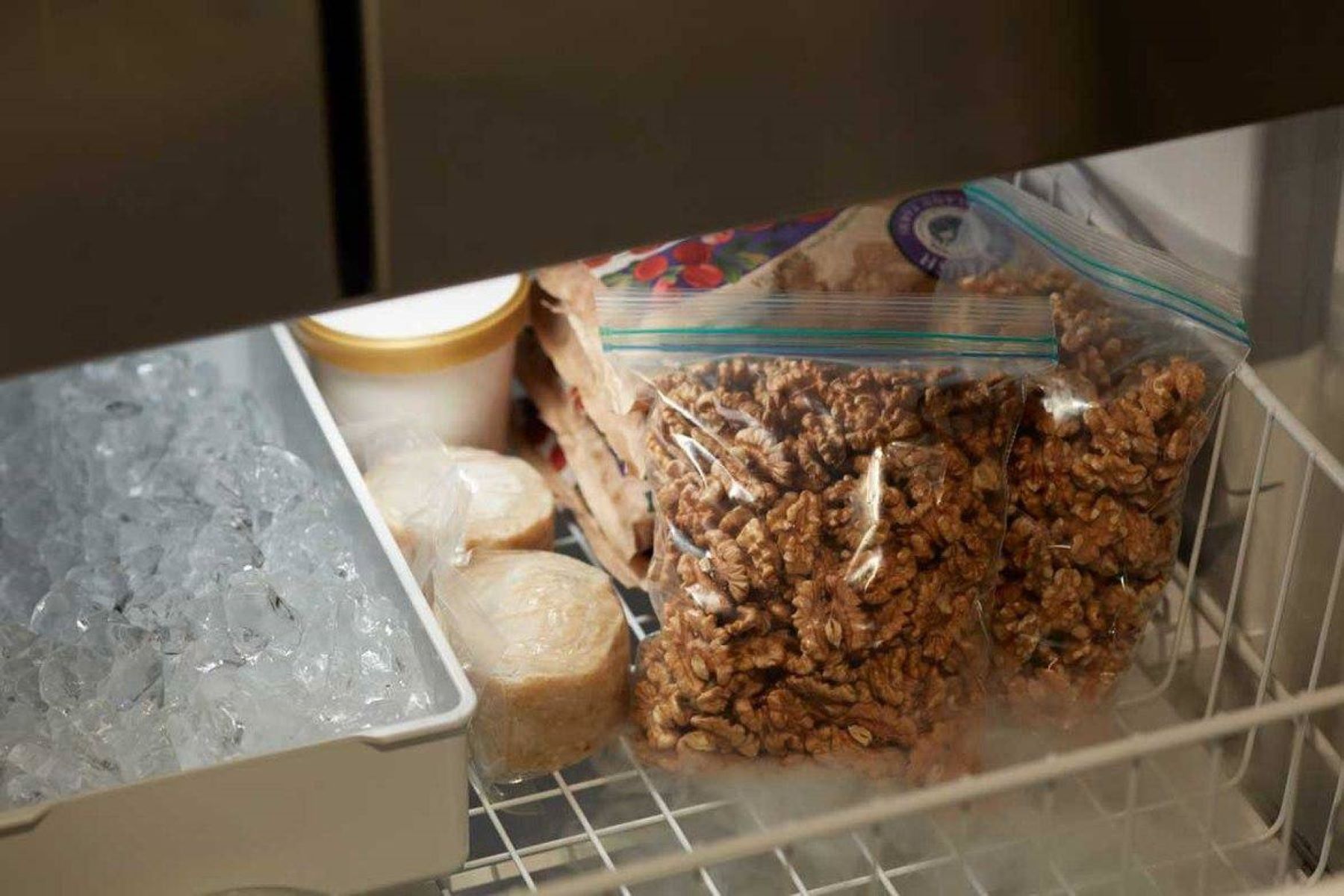



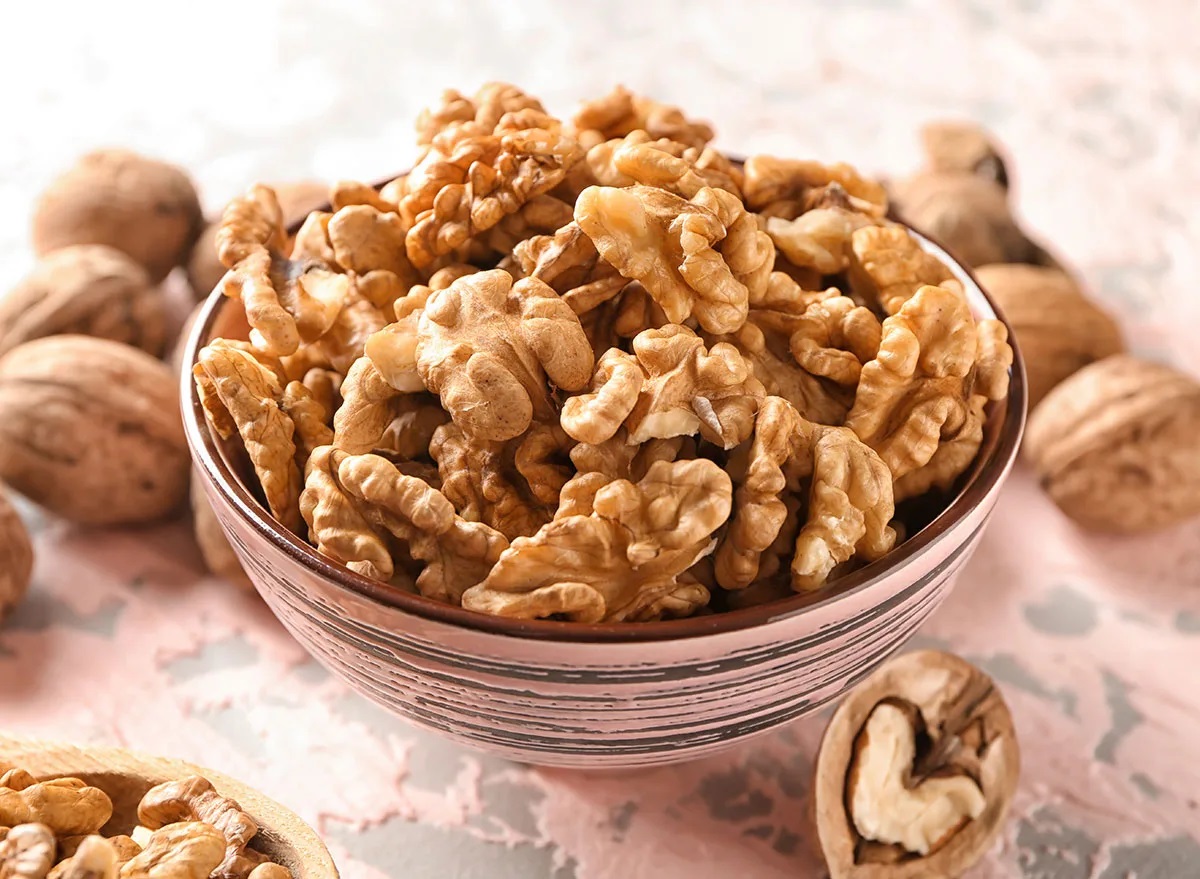
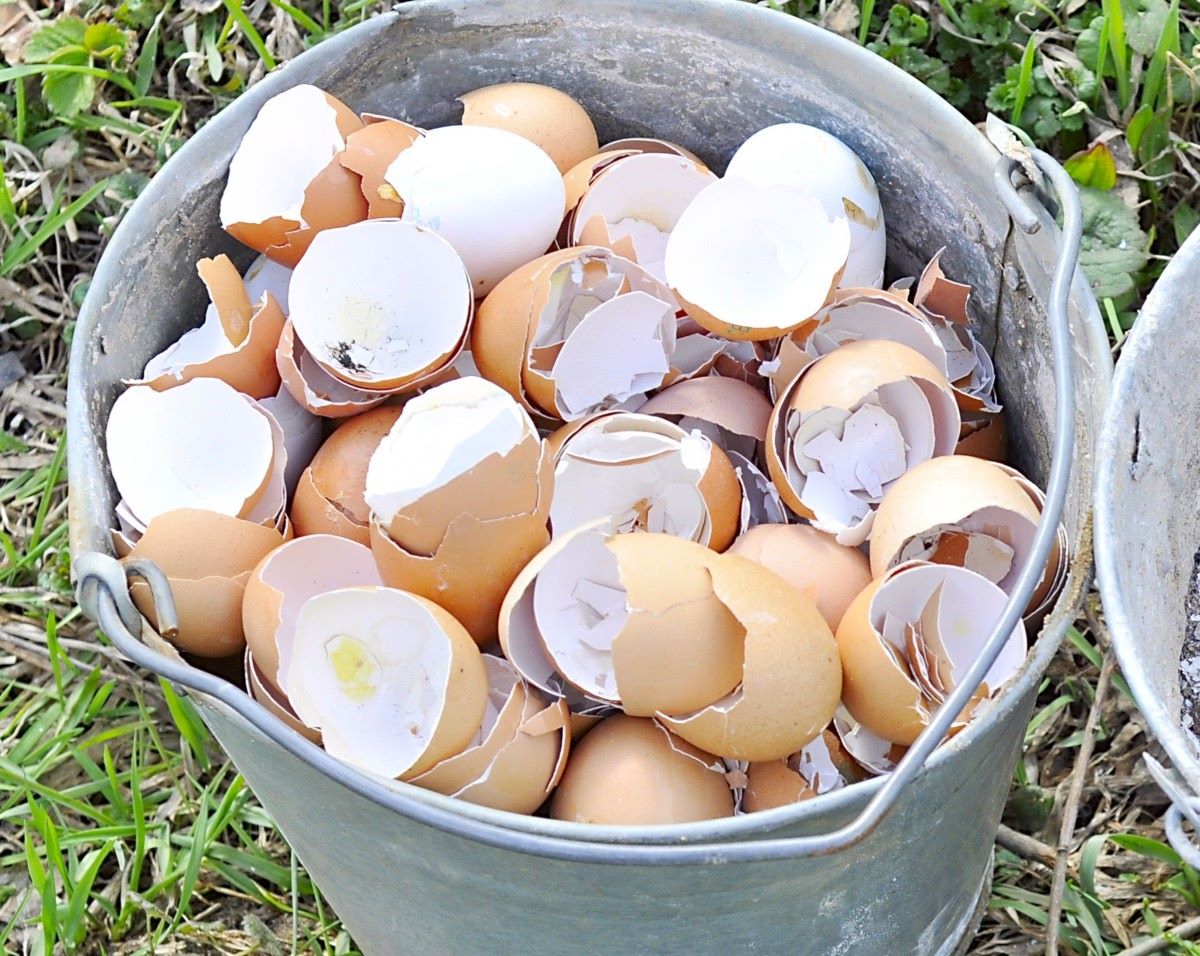
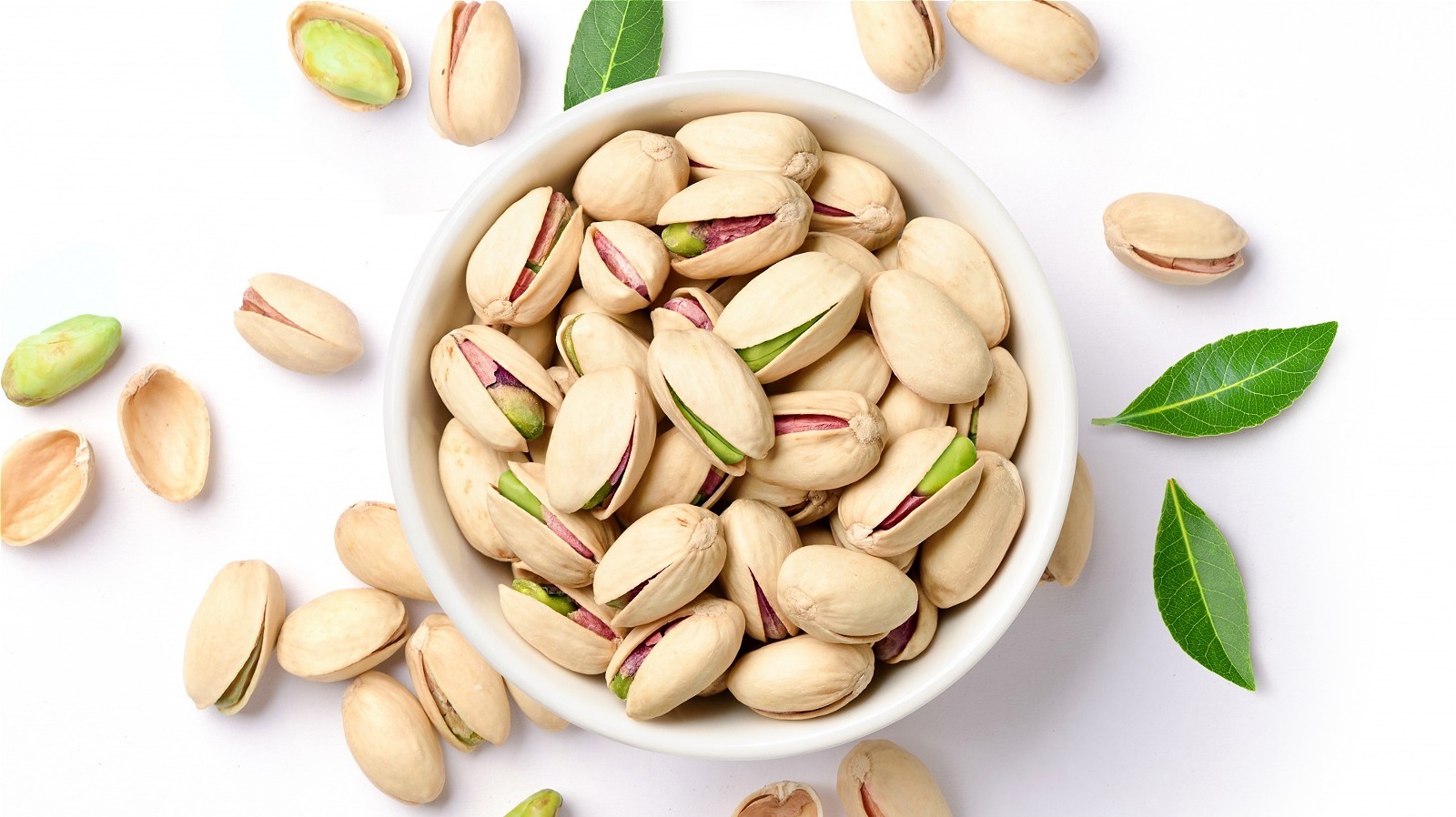
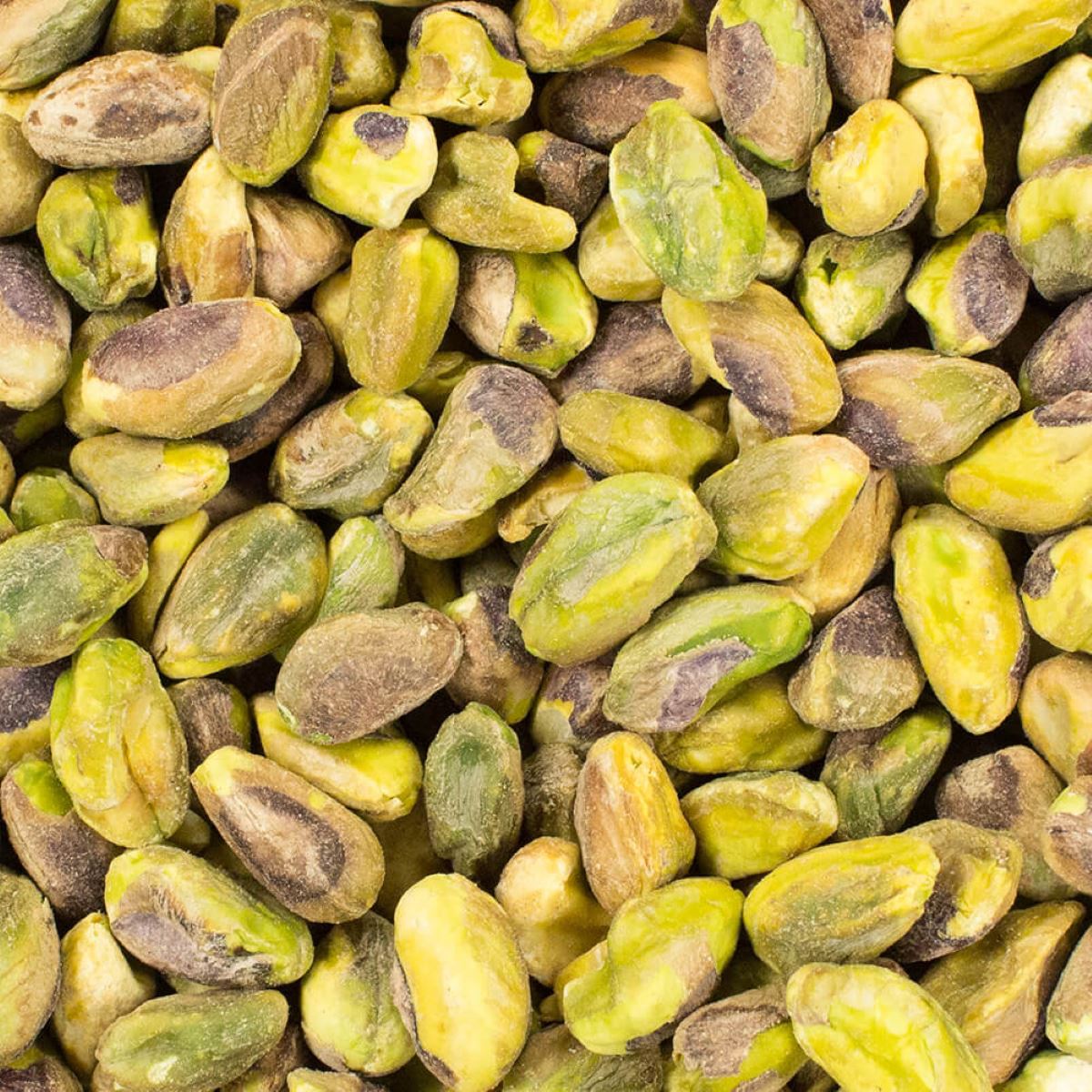
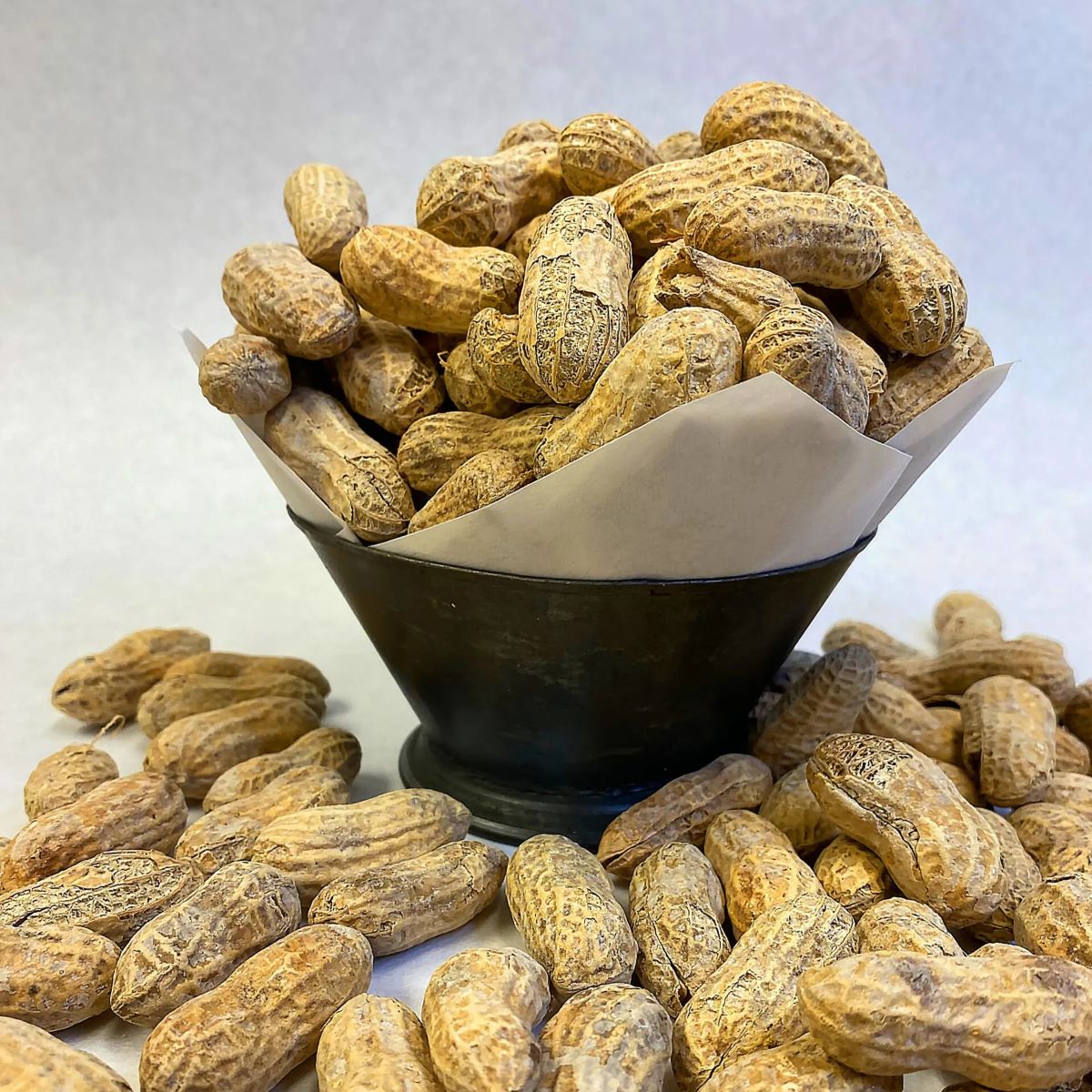
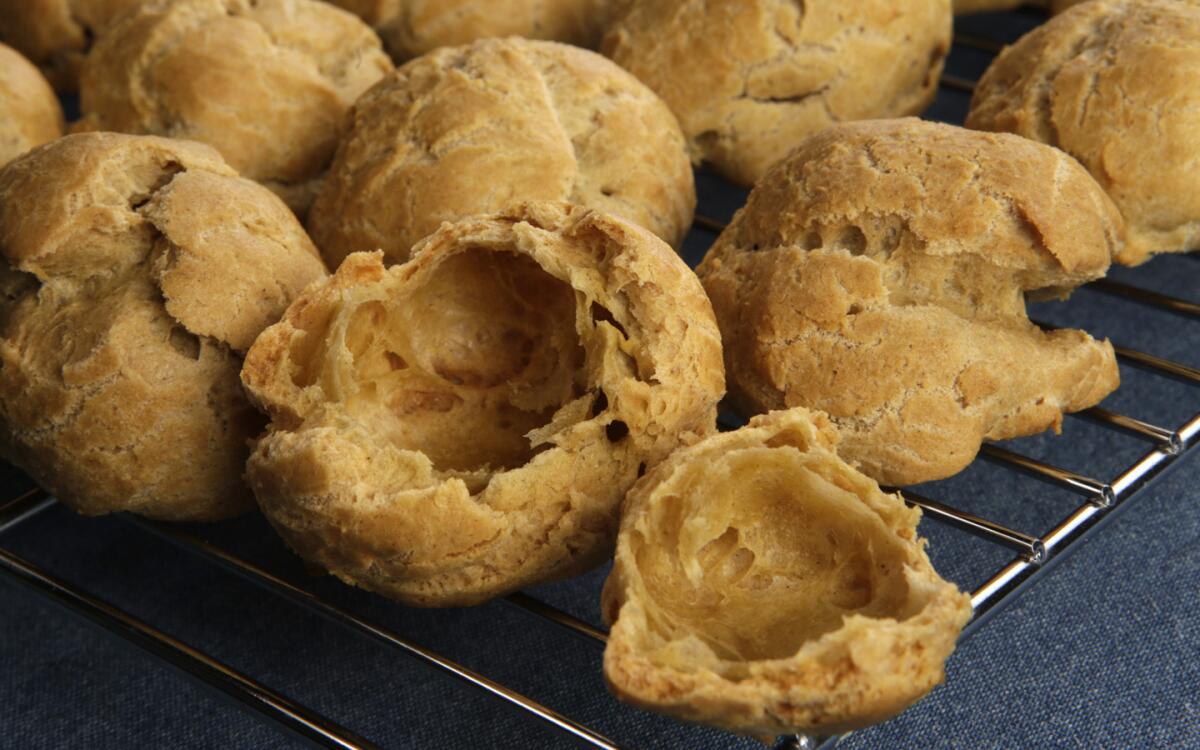
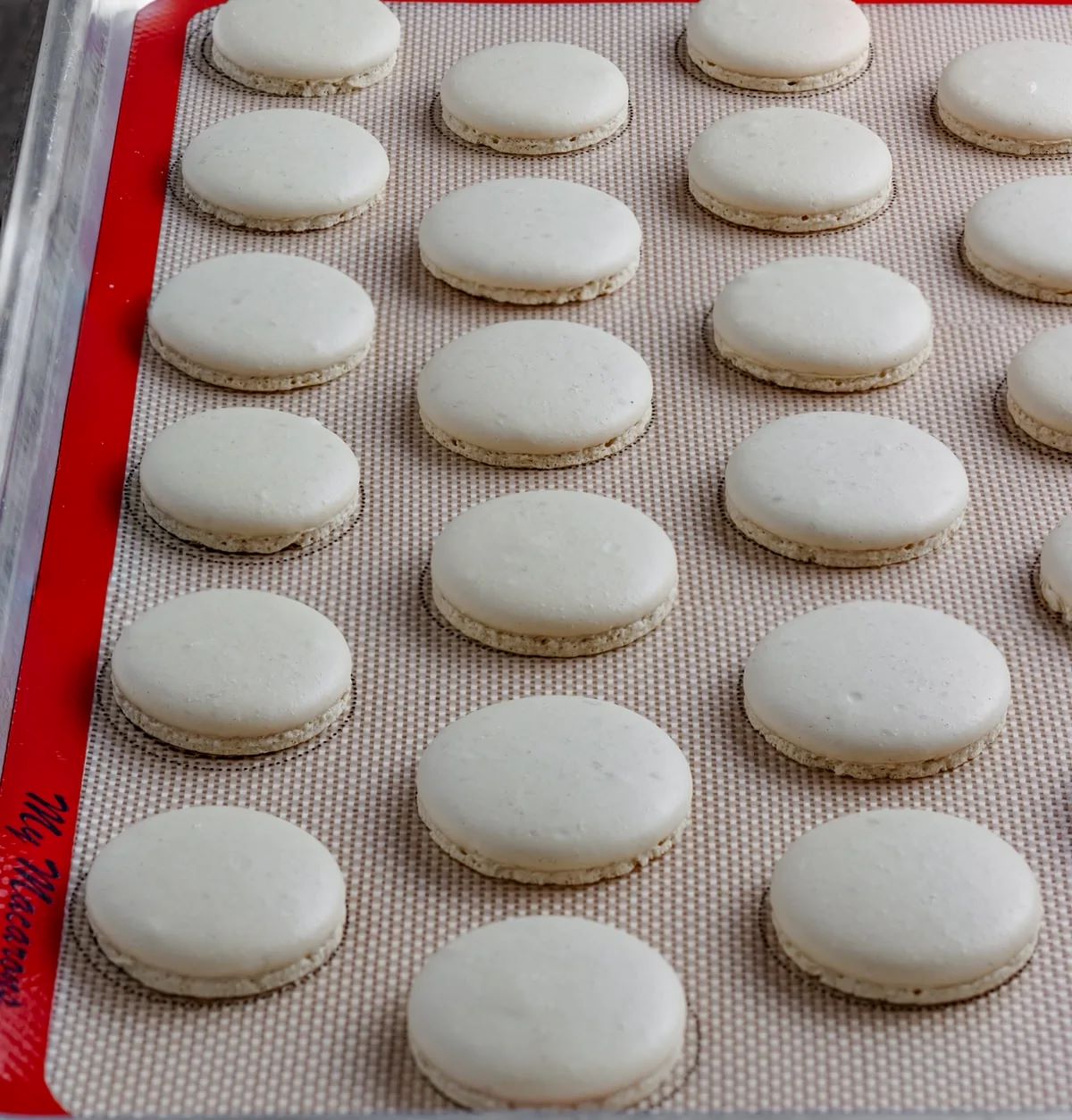



0 thoughts on “How To Store Walnuts In Shell”